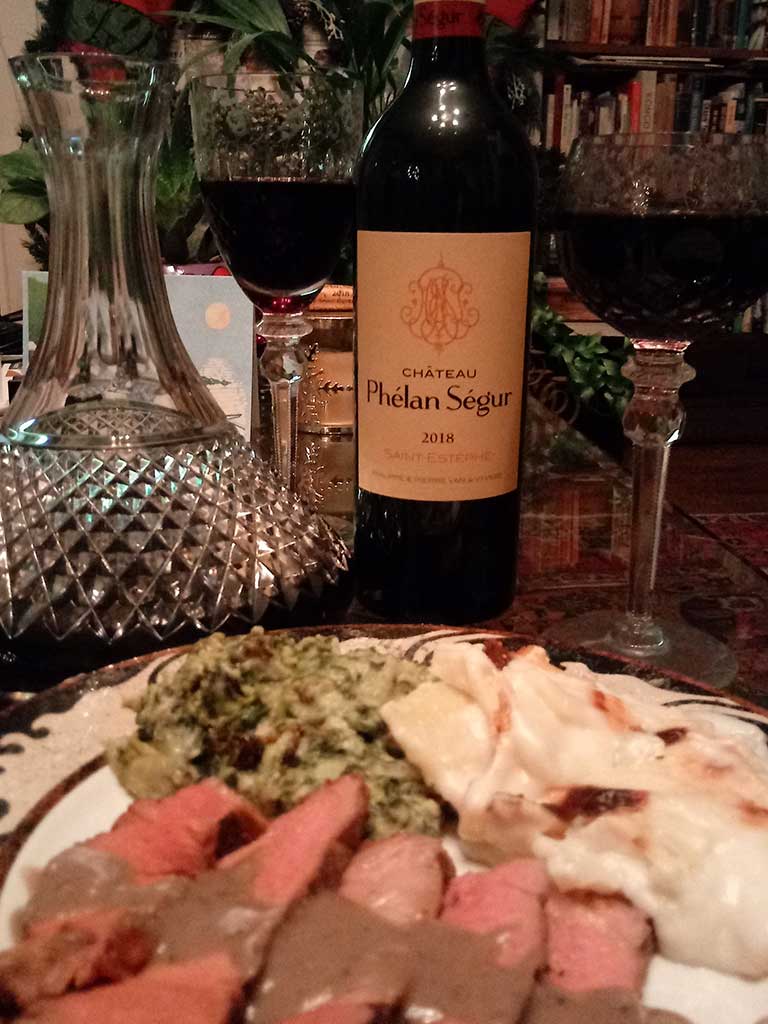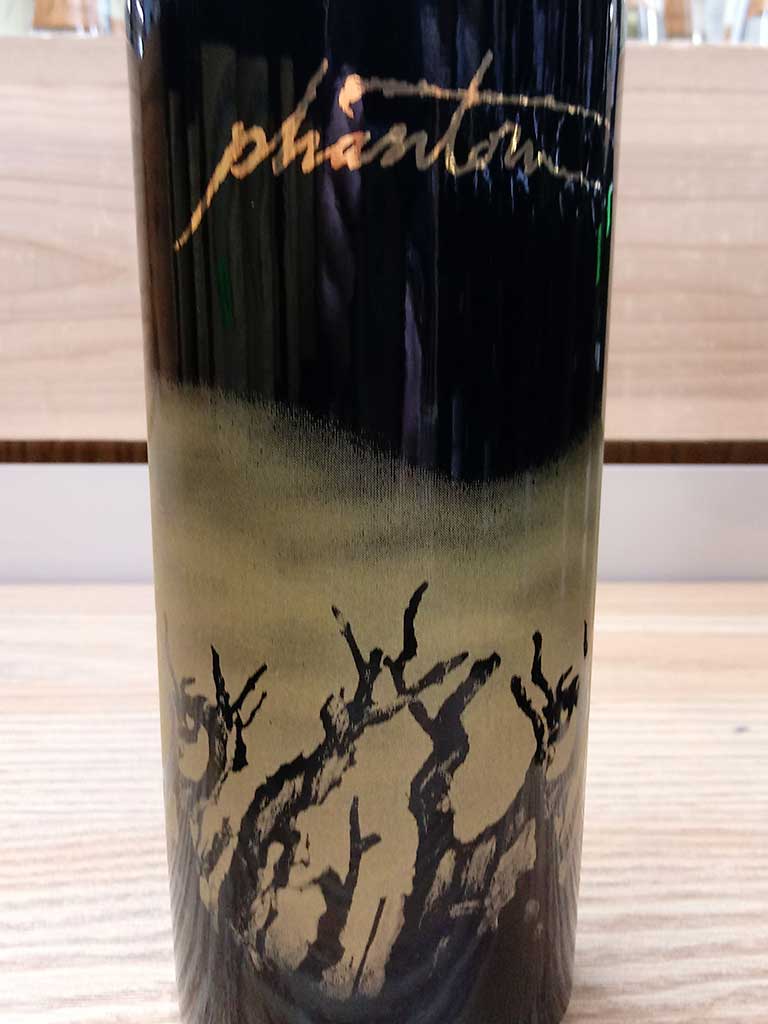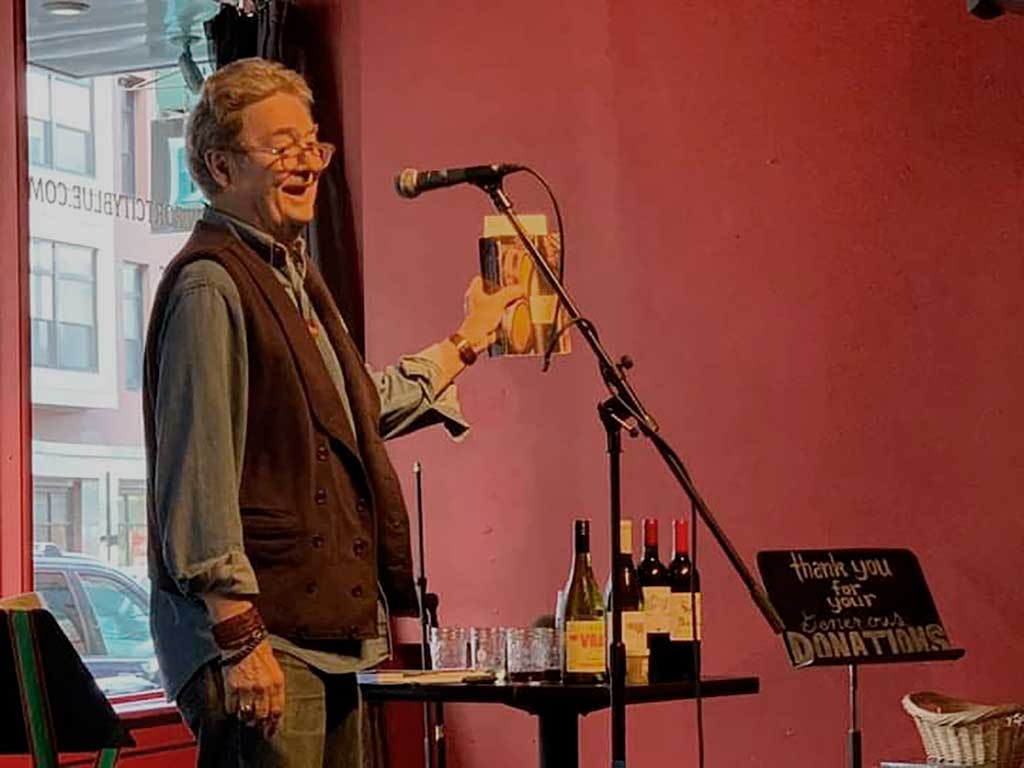By Layne V. Witherell
Among the zillions of job descriptions that I have had in this wild forty-plus year ride in the wine biz, one was as a CEO of a medium sized Virginia winery in the early 90’s. My life beyond the job description entailed three major components: the April 3:00 a.m. adrenalized wake-up when the frost was cold enough to kill young buds on the vine – and the vines themselves. Time to get out the smudge pots, an oily disgusting device designed to warm up the vineyard, accompanied by that 3:00 a.m. panic.
The second component was the banker. He was an arteriosclerotic, older, rumpled gentleman whose chief delight was in staring down, with the glare of lifelong practiced minutia, at your profit and loss statement. Not a lot of profit or a lot of loss, but this too resembled in its own way the smoke and stink of the smudge pot.
The third and, interestingly, the most compelling event, was what I came to characterize as “Mendo Blendo.” We were far from the best winery, but fortunately, were far from the worst. Mendo Blendo was an occasion when the winemaker and I sat in the lab to attempt to replicate the blend of another winery that had just cleaned our proverbial clock, winning all the competitions’ Best of Show Gold Medals. Meanwhile we were living further down on the excitement podium. The “thrill of victory…and the agony of defeat” (Jim McKay), was a continual struggle in, “an emerging wine region.” Sometimes that emergence takes longer than double the hibernation of a cicada.
Bordeaux – The Original ‘Mendo Blendo’
The original idea of blending for perfection is from Bordeaux, the exalted region of France, that doubtless can share claim to the origin of that fabulous French word “elevage,” teaching the young little critter wine to behave properly. Elevage is a very French way of saying “Mendo Blendo,” although as their original stated goal, they referred to it as a combination of classic grape varieties in harmony with their sacred “terroir” (a mystical flavor of place).

Our photo is a bottle of Chateau Phelan Segur 2018, around fifty bucks a bottle, on our table with its accompanying meal of prime rib and fixings for the holidays. It is a meticulous blend of 58% Cabernet Sauvignon, 39% Merlot, 1.5% Cabernet Franc, and 1.5% Petite Verdot. That’s precision! Bordeaux speaks of precision. Imagine Mendo Blendo as an exhilarating Olympic event.
My earliest introduction to the idea of Mendo Blendo came about as a young wine broker/distributor. In fact, I was traveling the West in the early 80’s in search of new wines and people. Napa was one dimensional and fashionably staid. Sonoma was mildly intoxicating like a rural old school Spanish lifestyle. Mendocino was fascinating. The wineries, as well as the people, were down to earth and engaged in all manner of experimentation (including the growing of a whole lot of illegal pot). No ideas were proscribed or sacred.
Consider the bizarre Chardonnay of Husch Vineyards, the French Colombard grapes of John Parducci (a person who was born “old”), the designed slurpability of Kendall Jackson Chardonnay (the originators of “another glass over here, please”), and the guava nectar essence of Navarro Gewurztraminer. All could have easily been blended into a single fascinating wine. Hence, Mendo Blendo. This was clearly not Napa or Bordeaux but was exhilarating in its own adventurous way.
Mendo Blendo at Blue – Your chance to make a blend
Which brings me to the new part of this story. One evening while doing my impromptu show with live wine tasting at the jazz club Blue, as I was going on stage, it flashed on me that we could recreate, with an audience, those heady days of Mendo Blendo.
Think of a fresh take on the world of wine. Whether its aim is slurpability or perfection, Mendo Blendo is worth looking for and experimenting with.
Phantom – Our inspiration

Our current inspiration is a quirky, fascinating old California style red called Phantom by Bogle Vineyards, $15.00 per bottle. It is the poster child of exciting, high adventure old school Mendo Blendo, a combo that varies from year to year and can contain 50% Petite Sirah, 49.5% Zinfandel, with 19 months spent in American oak barrels.
To me it tastes of ripe blackberries filtered through saddle leather (in a good way). Don’t worry, it is vegan friendly. The saddle leather is an allusion to the glories of that aggressive American oak barrel aging. What it lacks in the adorable fruity squishiness of modern Chardonnay, the bespoke elegance of Bordeaux, and the frantic attempt to “capture gold,” as in medals, it more than makes up for in versatility with everything from a bold Osso Bucco to making it into a winter warming Wassel.
Among the constant and eternally fascinating questions are: “Hey wine gig guy, what is the difference between Syrah (aka Shiraz) and Petite Sirah?” Glad you asked.
Syrah is, well, Syrah, born in the famed Rhone region of France and transported to far places. In the Rhone Valley, it is characterized as a wine of smoke, spices, iron, and minerals. In Australia. it is still potent but can be made into more playful flavors.
This brings us to Petite Sirah, a totally different grape (Durif or Pelerossin, but why change the name?). A dark, meaty rustic high alcohol grape that exists to become Mendo Blendo. Sadly, this is disguised before you ever see a hint of the grape name on a label.
On to the Blending
Our two blending wines at Blue were:
D’Arenberg Stump Jump Shiraz (Syrah), a terrific example from a McLaren Vale winery in Australia that was both powerful and delicious. A traditional basket press, old bush vine example of the grape and the place. Look this place up! Better yet just go there. They make wines ranging from this Shiraz (Syrah) at $15.00 a bottle to an ancient $500.00 Tawny Port, and everything in between.
For Petite Sirah we chose Line 39 from California. At $15.00 per bottle, it is a slurpy, rambunctious wine hinting of both tar, fruit, and deliciousness. You want to pair a Petite Sirah with the characteristic abundance of ripeness, high alcohol, and fruit. The problem is that most labels have already disappeared as part of a blend.
Try It on Your Own
If you want to be an adventuresome soul, you can seek out the following:
- Guenoc Petite Sirah, $12.00 bottle, Lake County, CA. A delicious example, ideal for Mendo Blendo.
- Foppiano Vineyards Petite Sirah, $20.00-$25.00 bottle. Serious “old school” Petite Sirah. Runs you more money but it buys you more flavor.
The finest Petite Sirah in America is still the Stags’ Leap from Napa at around $40.00 per bottle. Ironically, this is when the grape takes charge over the usually more powerful Syrah in the blend.
“Mendo Blendo” is fun and exciting as we find out monthly at Blue. Join us on the third Thursday of every month at 5 p.m. Be sure to bring your vax card and wear a mask. You will learn some new ideas and can try this at home as well. Happy blending!

Layne has been a professional in the wine business for many decades as a teacher, importer, writer, competition judge, and winery CEO. He was awarded the Master Knight of the Vine for his pioneering work in the Oregon wine industry.
Read more WEN Layne’s Wine Gig posts here.
Visit Layne’s blog at http://winemaniacs.wordpress.com/blog.






3 Comments
Pingback: Gen Mind Meld - Presented by Layne's Wine Gig - The West End News
Pingback: Layne's Wine Gig - A Live Event - The West End News
Pingback: Two Prix Fixe Dinners - The West End News